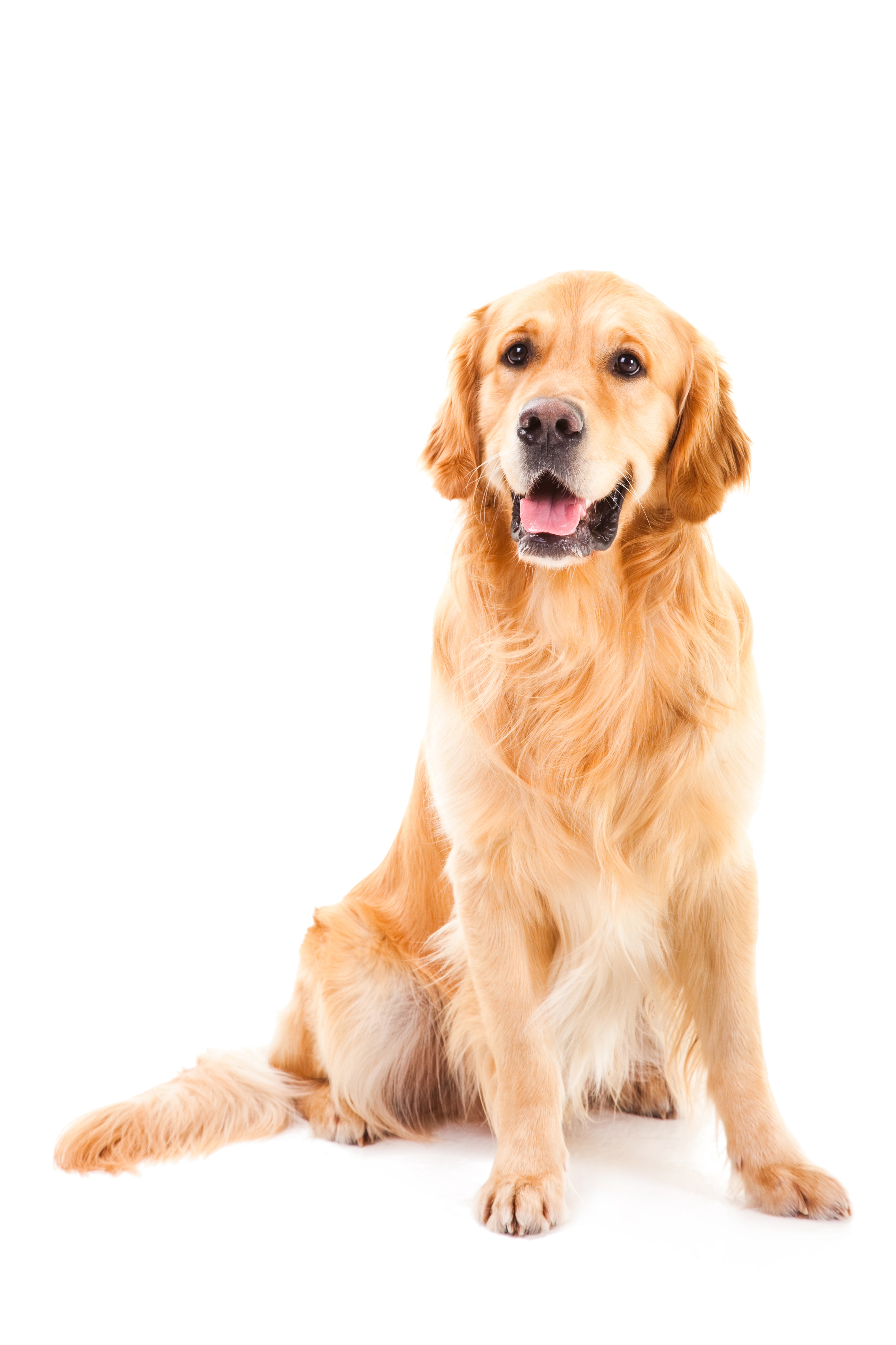Laparoscopic Neutering/Spaying
London Vet Specialists is pleased to offer laparoscopic spaying of female dogs, carried out by our specialist surgeon, Dr Janet Kovak McClaran.
What is laparoscopic neutering?
A laparoscopic spay or neuter is where a female dog (a bitch) has its ovaries removed through a keyhole incision in the tummy, using specialised surgical instruments. This method of neutering is associated with less pain and faster healing than a traditional spay operation.
Traditional neutering of female dogs involves an operation whereby a hole, usually of about 5cm, is made in the midline of the tummy, or occasionally the flank, under general anaesthesia. The uterus and the ovaries are removed through this hole, and the bitch is subsequently unable to have puppies. The technical name for this operation is ovariohysterectomy.
Which dogs should have laparoscopic spays?
Any female dog will benefit from a laparoscopic spay. There is less pain and a faster anticipated recovery. In large, deep-chested dogs, a concurrent laparoscopic gastropexy may be performed. These dogs are at higher risk of a life-threatening condition called gastric dilatation and volvulus or GDV. During a gastropexy, the dog’s stomach is secured to the body wall to prevent it from twisting into an abnormal position. For at-risk breeds, having both surgical procedures carried out at the same time takes away the need to have repeated operations.
See the following answers to common questions about laparoscopic ovariectomy (spay surgery). These will all be discussed in detail at the time of consultation. The price of surgery includes examination, procedure, general anaesthesia, all medications and 2 routine follow up visits after surgery. Price varies on the size of your pet as well as any additional procedures that may be performed concurrently.
What size patients can have a laparoscopic spay?
o Minimally invasive lap OVE is best suited to dogs or cats over 4kg in size.
How many incisions will there be?
o At LVS we used specialised equipment including a vessel sealing device and SILS special port that allows the procedure to be performed through one small incision.
How long will she stay in the hospital?
o Surgeries are generally performed as out-patient/same day surgery. Your dog will come in starved before 9am and can usually go home between 4-6pm.
What training does the surgeon have?
o Dr. Janet McClaran is a board-certified small animal surgery specialist in both the United States and the United Kingdom. Additionally, she is an ACVS Founding Fellow in Minimally Invasive Surgery, demonstrating advanced expertise in the field of minimally invasive surgery. More information can be found here on our web site.
What are the advantages of laparoscopic spay surgery?
o Studies have shown dogs having minimally invasive surgery suffer less pain, fewer complications and return to normal activity more rapidly than traditional open surgery.
See the below veterinary references:
J Small Anim Pract. Charlesworth TM1, Sanchez FT. A comparison of the rates of postoperative complications between dogs undergoing laparoscopic and open ovariectomy. 2019 Apr;60(4):218-222.
Vet Record. Binder C1, Katić N2, Aurich JE1, Dupré G2. Postoperative complications and owner assessment of single portal laparoscopic ovariectomy in dogs. 2018 Dec 22;183(24):745.
J Am Vet Med Assoc. Corriveau KM, Giuffrida MA, Mayhew PD, Runge JJ. Outcome of laparoscopic ovariectomy and laparoscopic-assisted ovariohysterectomy in dogs: 278 cases (2003-2013). 2017 Aug 15;251(4):443-450.
J Am Vet Med Assoc. Devitt CM1, Cox RE, Hailey JJ. Duration, complications, stress, and pain of open ovariohysterectomy versus a simple method of laparoscopic-assisted ovariohysterectomy in dogs. 2005 Sep 15;227(6):921-7.
Vet Surg. Gonzalez-Gasch E, Monnet E. Comparison of Single Port Access Versus Multiple Port Access Systems in Elective Laparoscopy: 98 Dogs (2005-2014). 2015 Oct;44(7):895-9.
Vet Surg. Culp WT, Mayhew PD, Brown DC. The effect of laparoscopic versus open ovariectomy on postsurgical activity in small dogs. 2009 Oct;38(7):811-7.


